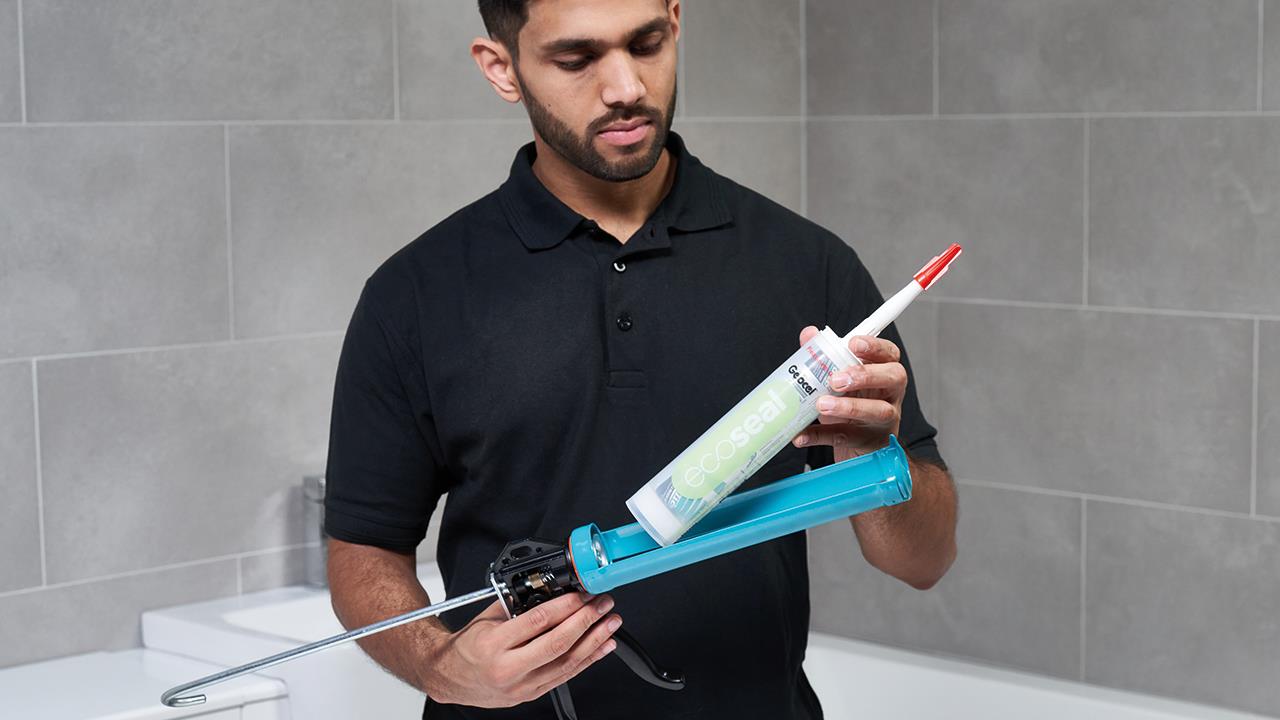

With the construction industry a major contributor to mounting plastic waste, Andy Cummins, Senior Product Manager at Geocel, looks at how the sealant market is combatting the issue of single-use plastic, and what installers can do to help.
It is safe to say that the world currently faces a number of simultaneous crises. From COVID-19 to climate change, the global community must begin to work together to ensure that challenges are tackled head on. In this endeavour, it is important we also remain focused on the growing impact excess plastic consumption is having on the environment.
As we move into the New Year, plastic waste continues to clog up landfills and disrupt natural habitats. Worse still is the impact it is having on waterways and seas, where excess plastic is routinely ingested by sea animals with devastating consequences. In fact, a recent decade-long study from Oceana, released in November 2020, revealed almost 15 million metric tonnes of plastic enters the oceans each year, which equates to about two bin lorries per minute.
Back on land, nations such as the UK are also beginning to feel the fallout from this problem more acutely. In 2017, according to Tolvik Consulting’s UK Residual Waste: 2030 Market Review, it was calculated that England only had 6.8 years of non-hazardous landfill capacity left. As a result, plastic is becoming increasingly difficult and expensive to get rid of, which is beginning to cause issues for those who use the material on a day-to-day basis.
In particular, the construction industry, which consumes around 23% of all plastic produced in the UK and generates an estimated 50,000 tonnes of plastic packaging waste every year, according to research from the Considerate Constructors Scheme campaign ‘Spotlight on…Plastics and Packaging’, must look to change. Most notably, the sector could start by reducing its dependency on single-use plastic solutions, such as disposable sealant cartridges.
Each year the UK sends almost 100 million plastic cartridges to landfill sites, according to Geocel UK sales data. This enormous figure includes all the empty sealant cartridges that plumbers throw away every day. While theoretically recyclable, the residue product that is left inside ‘empty’ cartridges is almost impossible to fully clean out. As a result, discarded cartridges are classed as contaminated waste and must be sent to landfill.
These single-use cartridge solutions have always been the most popular choice, primarily on grounds of their cost-effectiveness. However, with landfill space dwindling, those using these solutions are increasingly required to pay more for their disposal.
As of 2020, discarded plastic waste is now having to travel further than ever to landfill sites, increasing transportation costs and carbon emissions. What’s more, the government’s tax on landfill use continues to rise, having more than trebled since 2008 to £91.35 per tonne. It has been announced that a further tax will be introduced on companies who produce or import plastic packaging with insufficient recycled content by April 2022.
After this, it is likely that single-use plastics will become even less cost-effective, with suppliers passing down increased supply costs to their customers. For many tradespeople, it may be time to re-evaluate how beneficial sticking with single-use plastic cartridges really is.
This consideration has become even more pressing given that there are now alternative low-waste sealant systems available, which deliver the same great performance as single-use alternatives. Recently, a range of leading suppliers have released more environmentally-friendly sealant solutions, which do not contribute to the world’s worsening plastic problem.
In fact, there are now solutions on the market that can be used an average of 75 times, as well as being recyclable. To use these solutions, a foil sausage of product is inserted into re-usable and recyclable plastic sleeve. When empty, the compacted foils are eight times smaller than traditional cartridges, meaning less waste is sent to landfill.
Now, with new products available that make reduced plastic consumption an easier goal to attain, it has never been easier for those in the trade to make the switch.
Thankfully this range of new solutions allows plumbers to adopt more sustainable products without the need to compromise on quality. In turn, the new products also represent an increasingly cost-effective choice, reducing the need to pay expensive landfill taxes and transportation costs.
More than anything, a move to these environmentally-friendly systems can help ensure the sector is doing its bit to protect the planet and overcome the difficulties brought about by excess plastic consumption. Therefore, if you are in the trade and looking to make a New Year’s Resolution that really makes a difference, make it this!
If you'd like to keep up-to-date with the latest developments in the heating and plumbing industry, why not subscribe to our weekly newsletters? Just click the button below and you can ensure all the latest industry news and new product information lands in your inbox every week.